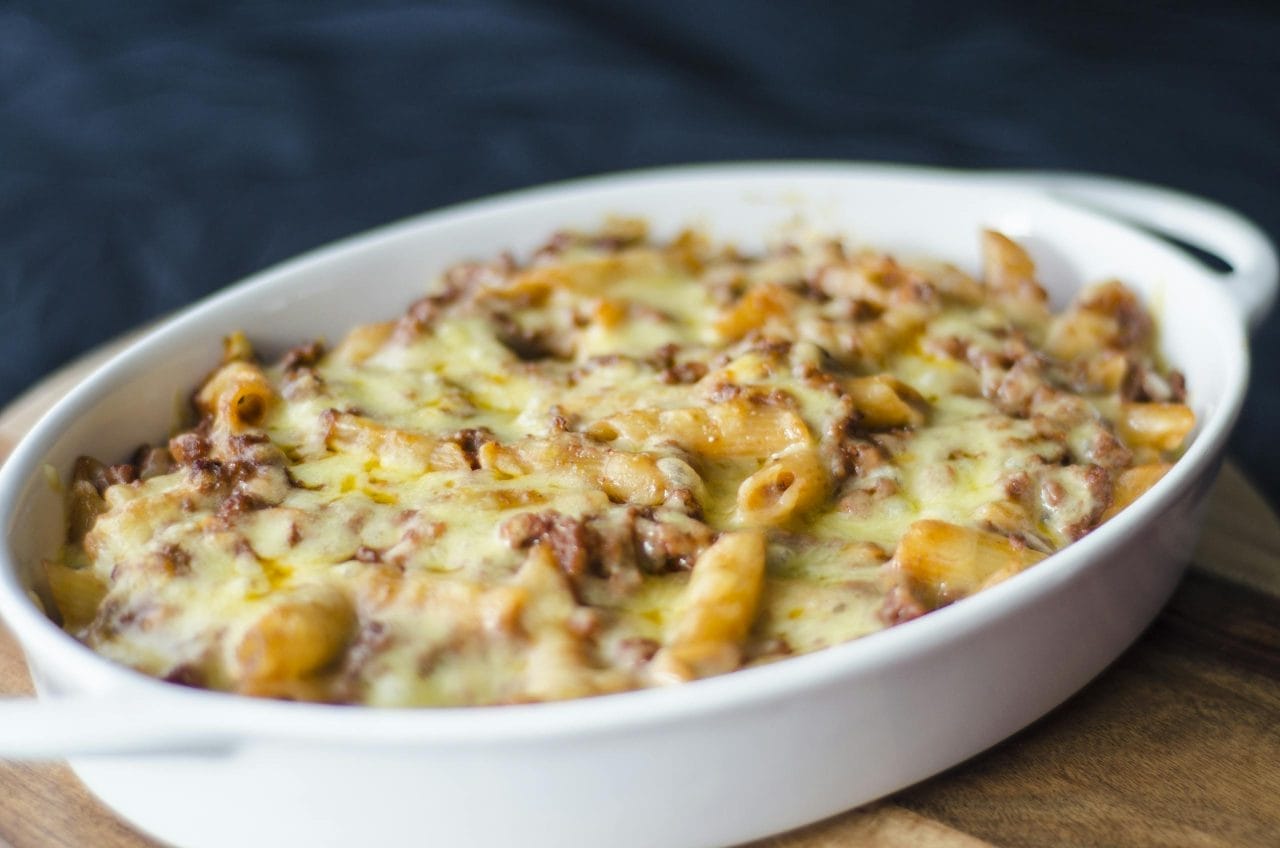I Made These FREE Vintage Recipe Tools JUST For You
This recipe was created with help from AI tools and carefully reviewed by a human. For more on how we use AI on this site, check out our Editorial Policy. Classic Fork earns a small commission from Amazon and other affiliate links at no extra cost to you, helping us keep our content free and honest.
Why Mac and Cheese Became a Depression-Era Staple
Macaroni and cheese didn’t become America’s go-to comfort food because people were feeling fancy. It became a household hero during the Great Depression—and stuck around—because it was cheap, fast, and kept you full.
What Would You Cook in Wartime?
Step back in time and discover what you could make with limited wartime rations
It Was Dirt Cheap
In 1937, Kraft dropped a boxed miracle: macaroni and cheese for just 19 cents. That fed a family of four. During a time when every cent mattered, that kind of value wasn’t just helpful—it was life-saving.
You didn’t need fresh milk or cheese. You didn’t even need much time. Just water, a pan, and a stove. Boom—dinner done.
Shelf-Stable = Lifesaver
The box had dried pasta and processed cheese powder—both shelf-stable and reliable. No fridge? No problem.
Families could stock up, store it for weeks, and always have a backup meal. That mattered in homes where fresh groceries were rare or spoilage was a real risk.
Fast Food Before Fast Food
Kraft’s marketing hit the nail on the head: “Dinner for four in nine minutes.”
People were working long hours or multiple jobs. Spending an hour over the stove wasn’t an option. Mac and cheese stepped in with its 10-minute magic and saved the day.
Surprisingly Filling
No, it wasn’t health food. But it delivered calories, protein, and comfort—all without meat, which was either too expensive or rationed.
It filled bellies with carbs and fat, gave a bit of protein from the cheese powder, and tasted like a warm hug during a cold time.
It Survived the War, Too
When World War II hit, rationing made things even tighter. Meat? Limited. Fresh produce? Spotty.
Kraft mac and cheese became one of those rare packaged foods that fit the ration rules. Two boxes for one ration stamp? Yes, please. No wonder people grabbed it off shelves like gold.
From Jefferson to Every Kitchen
Mac and cheese has older roots—Thomas Jefferson famously served it after discovering it in Europe.
But it didn’t become America’s dish until the Depression. That’s when it went from occasional side to full-on main course, beloved for its price and predictability.
Final Scoop
Mac and cheese wasn’t just popular because it was cheesy—it was practical. It rose during one of the country’s hardest moments and proved that with a box, a pot, and a few cents, you could still eat well enough to keep going.
And somehow, even after times got better, no one stopped eating it.

